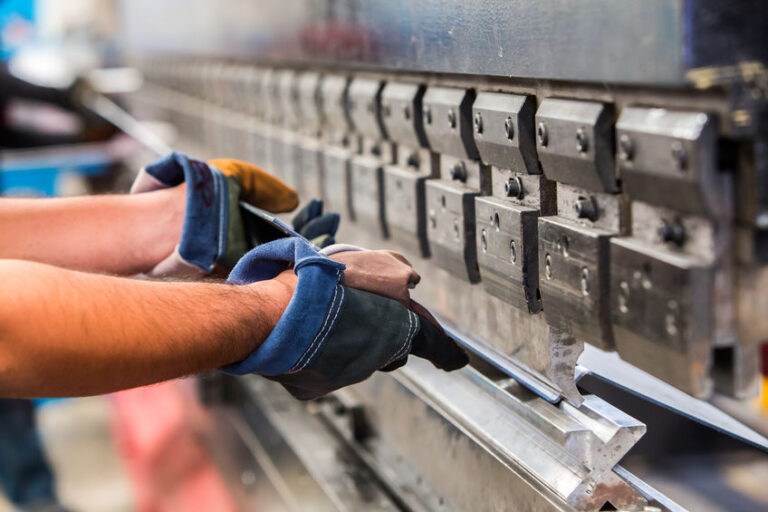
Where do metals come from? Well, they usually come from ores. What are ores? They’re natural rocks (or sediments) containing one or more valuable minerals– and these minerals contain metals. Metals, then, are usually dug up from the earth’s crust (mined), then treated and sold for profit. What are some key metals, as examples? That’d be aluminum, silver and copper, for starters.
Pure Metals
Pure metals can later be improved by mixing them with other metals to make alloys. What are alloys? They’re a mixture of chemical elements, with at least one of which is a metal. What are some key alloys, as examples? That’d be steel, brass, pewter and bronze, for starters. Alloys can be used in a wide variety of applications– you’d find them in things like surgical tools, automobiles, airplanes and buildings.
Ferrous and Non-Ferrous Metals
Now back to metals– there are ferrous ones (which have iron in them) and non-ferrous ones (which don’t have iron in them). Long, long ago, several thousand years ago in fact, humans first started using metals to make things when they figured out how to get copper from its ore– turning it into bronze (a harder alloy) thanks to the addition of tin. The other major development was when humans discovered iron, which then mixed with carbon to create the very useful alloy we know as steel.
When metals are mined from ore-bearing rock, they have to be extracted and refined, which can be done using modern technology like electrolytic processes and/or hot furnaces. Keep in mind that it may take the mining of a lot of rocks to get a lot of metals– concentrations of minerals within rocks are often quite low. Impurities get filtered away. Perhaps electric current is used to break certain strong chemical bonds. There’s a lot that goes into the whole process.
If you’re looking for the best industrial metals, learn how Eagle Alloys can help.






